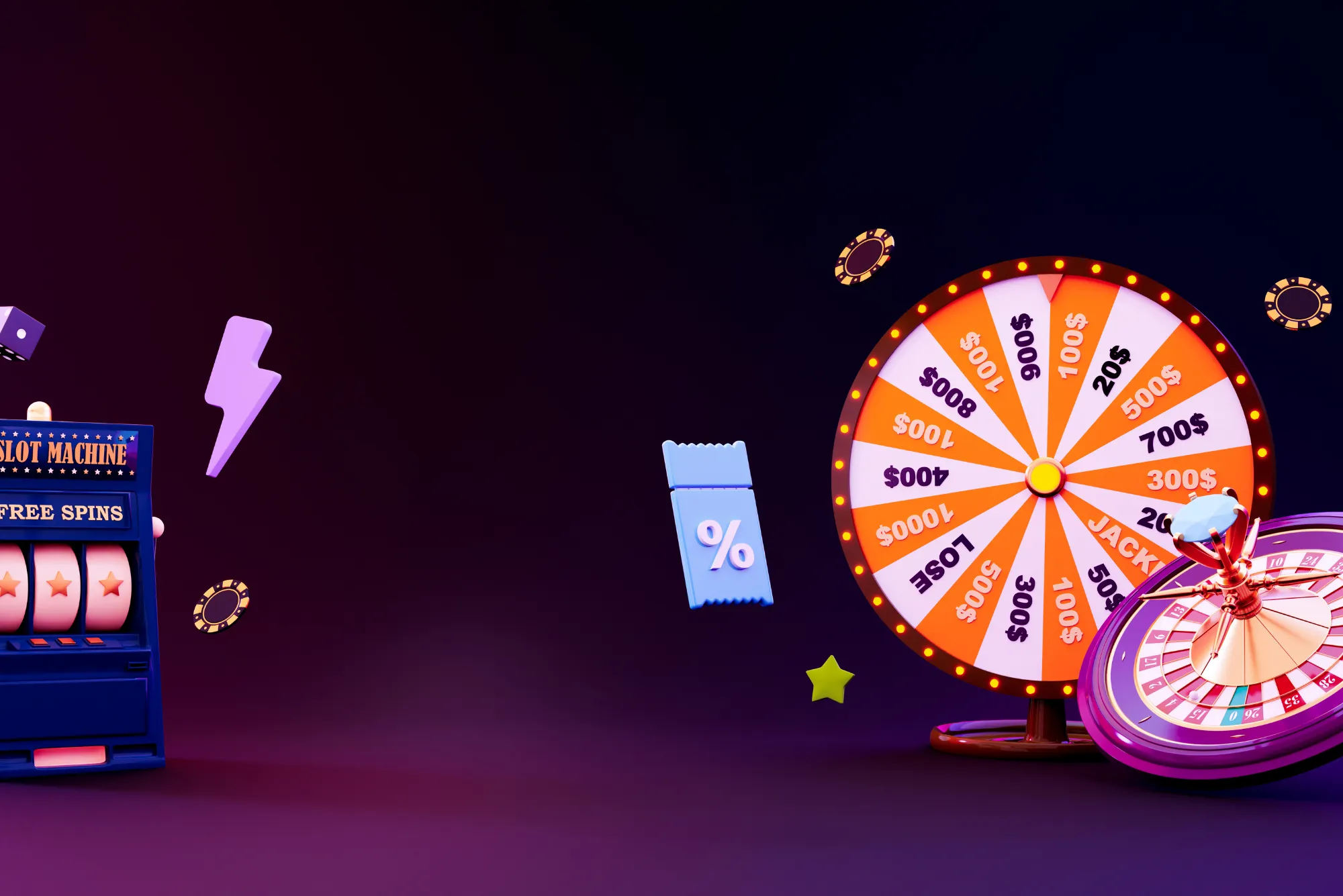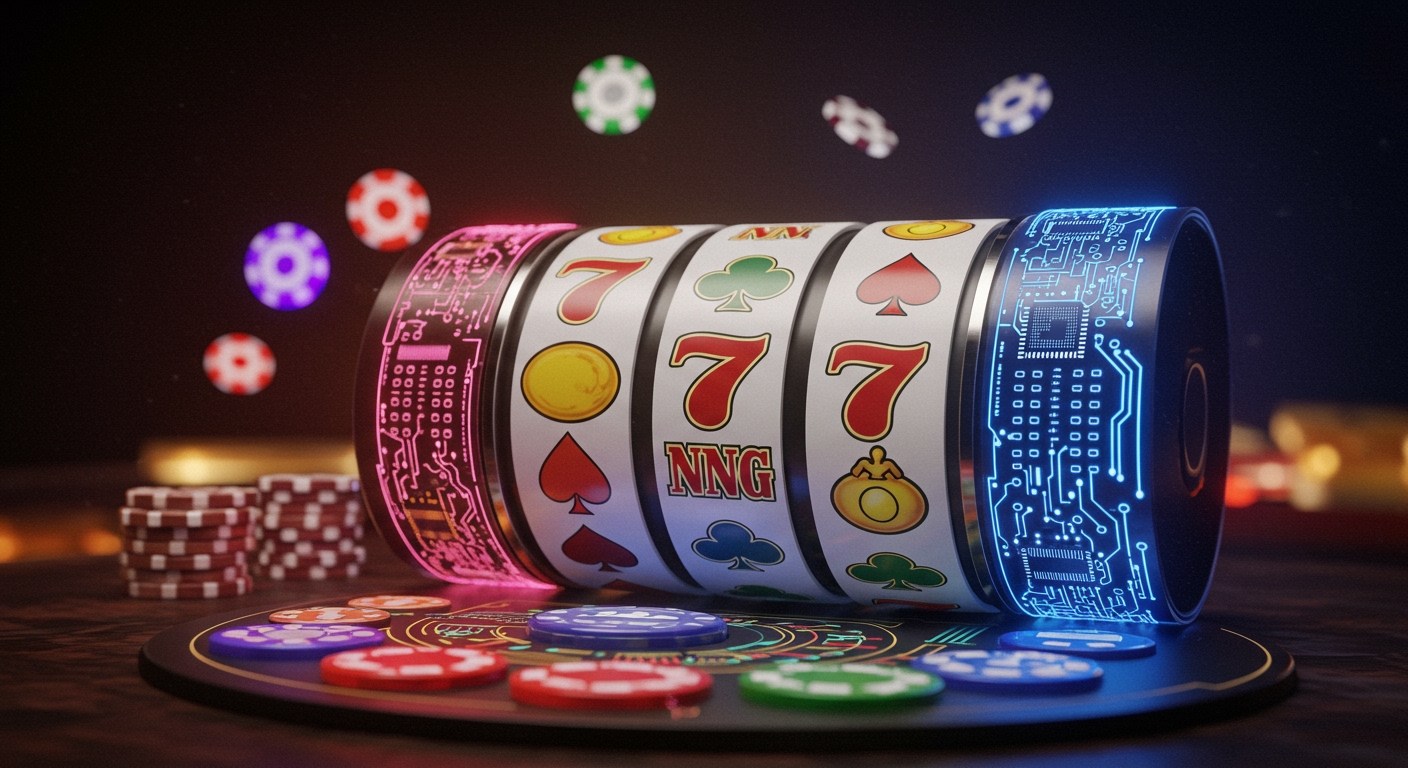Introduction to Bubble Craps
Bubble craps, sometimes called electronic craps, brings the classic dice game into the digital age. Instead of a physical dice table with a live dealer, bubble craps features an electronic display under a protective dome, where the dice are mechanically “bubbled” and rolled. This automated version retains the core excitement of traditional craps—betting on the outcome of dice rolls—while streamlining wagering and eliminating the need to wait for a busy table or tip a dealer. As someone who has spent long evenings at bustling casino floors, watching bubble craps unfold reminded me how much innovation can enhance player experience without losing the game’s vibrant atmosphere.
Origins and Evolution of Bubble Craps
Bubble craps emerged in the late 1990s as casinos explored ways to automate popular table games while controlling staffing costs and offering continuous play. Early versions relied on simple mechanical dice mixers and basic digital displays. Over time, game developers introduced advanced graphics, touch-sensitive betting terminals, and networked systems linking multiple machines to a single electronic dealer. This progress paralleled innovations in slot design, with non-traditional formats like electronic roulette and video poker gaining ground alongside bubble craps. Today, land-based casinos often integrate bubble craps into their “electronic table games” sections, blending the thrill of table play with the speed and autonomy of slots.
How Bubble Craps Works
In bubble craps, each player interacts with an individual touchscreen terminal. All players share one central dome where two dice are rolled inside a sealed chamber. Once the dice settle, the system reads the result and displays it on every player’s screen in real time. On your terminal, you select chips of various denominations, place them on digital betting areas—such as Pass Line, Don’t Pass, Come, or Field—and the software tallies wins and losses automatically. No dealer is needed to collect bets or pay out winners, making the game faster and reducing human error.
Casinos appreciate how bubble craps eliminates manual payouts and chips counting, while players benefit from transparent rules and near-instant resolutions. If you’ve ever felt pressured at a crowded craps table, you’ll welcome the calm, orderly environment of bubble craps—where you control bets at your own pace.
Player Engagement and Interactivity
Unlike traditional craps, bubble craps encourages personal strategy without the social demands of cheering or cursing alongside other bettors. However, it still retains key elements of camaraderie: many machines are arranged around a central pit, and you can chat with neighbors or watch on large overhead screens. Electronic leaderboards display top winners and statistics, adding a friendly competitive edge.
Interestingly, some casinos cross-promote electronic games by offering incentives when you switch between bubble craps and slots. I once earned free spins at adjacent slot sites uk as a loyalty reward simply by playing bubble craps for an hour—a clever way operators drive traffic between game types and reward consistent play.
Betting Options and Payouts
Bubble craps offers nearly all the same bets as traditional craps, but they are simplified on touchscreen layouts. The familiar Pass Line bet pays even money, while the Come bet functions similarly after the point is established. More exotic bets like Hardways or Place bets are available, each with their selectable payout odds. Because the system processes bets centrally, potential payouts are clearly displayed before you confirm them, minimizing confusion and helping you make informed decisions.
My first session at bubble craps taught me to start with basic bets—like Pass and Come—to understand pace and payout patterns. Once comfortable, I tested higher-risk wagers such as the 6 or 8 Place bets, watching as the machine highlighted my potential returns. This visual clarity is a distinct advantage over live tables where complex odds can intimidate newcomers.
Why Casino Operators Favor Bubble Craps
From an operational standpoint, bubble craps reduces labor costs by removing dealers from the equation. A single attendant can oversee multiple machines, handle payouts from a cashier cage if needed, and address technical issues. This efficiency allows land casinos to offer more craps product—attracting players who prefer autonomy—without the expense of dedicated table staff.
Additionally, electronic games operate 24/7 without breaks, ensuring continuous revenue streams. Data analytics captured by bubble craps systems help operators track popular bets, peak play times, and machine performance. Armed with this insight, casinos can optimize floor layouts, adjust minimum bets, or tailor promotions to enhance profitability and player satisfaction.
Real-World Examples of Bubble Craps Success
I recall visiting a large Vegas resort where the electronic table game section outperformed many high-limit live tables in hourly revenue. Bubble craps, in particular, drew both seasoned gamblers and slot enthusiasts curious about table action. Another regional casino in the UK reported a 20% increase in overall table game attendance after introducing bubble craps, appealing especially to younger demographics accustomed to digital interfaces.
Players often mention the appeal of “no tipping.” In bubble craps, there’s no dealer to tip, so your budget goes entirely to wagers rather than gratuities. This factor resonates with casual players unaccustomed to tipping etiquette at live tables.
Is Bubble Craps Skill-Based?
Like traditional craps, bubble craps outcomes are determined by chance once the dice tumble. However, strategic bet selection and bankroll management can influence your long-term experience. Experienced players understand house edge variations—Pass Line bets carry a roughly 1.41% edge, while some Proposition bets exceed 16%. By focusing on low-edge bets, you can extend playtime and improve your chances of a modest profit.
That said, bubble craps introduces fewer social cues—no physical dice dealers or chips clinking—so you rely more on screen prompts and statistics. Some players find that analyzing electronic roll history charts helps them identify trends, though mathematically, each roll remains independent. Ultimately, like any casino game, bubble craps rewards disciplined play rather than illusions of predictive skill.
Comparing Bubble Craps with Other Electronic Games
Bubble craps sits alongside electronic roulette and video blackjack as part of the broader electronic table game category. Unlike slots, where paylines and bonus features vary wildly, bubble craps maintains consistent rules familiar to any craps player. Compared to video poker, which depends on optimal hand strategy, bubble craps hinges on bet selection and point management. Its communal dome and shared dice foster a semi-social environment absent in solitary slot sessions.
If you’re exploring hybrid casino floors—including both live and electronic options—bubble craps offers a middle ground. You enjoy table game mechanics with digital convenience, and can easily switch to nearby slot sites uk titles when you crave different thrills.
Tips for Playing Bubble Craps
To maximize enjoyment and minimize risk in bubble craps, consider these practical tips drawn from my experiences:
Start with Pass Line and Come bets to learn the machine’s timing and interface.
Monitor displayed odds and choose Place bets selectively for better payouts on 6 or 8.
Use session time limits to avoid overplaying—set a timer on your phone just as you would for slots.
Check for promotions: some casinos offer electronic game loyalty points redeemable for free play or meals.
Practice bankroll discipline: separate your gambling funds from spending money to maintain clarity.
These strategies won’t guarantee wins, but they help you navigate bubble craps efficiently and enjoy the game’s unique pace.
Future Developments in Electronic Craps
As technology advances, bubble craps may incorporate live-streamed dealers overseeing multiple electronic tables, blending human interaction with automated convenience. Virtual reality prototypes could let players don headsets and approach a digital craps table from anywhere. AI-driven analytics might customize betting suggestions based on your style—though some will argue such features encroach on player autonomy.
Regardless of innovation, the core appeal of bubble craps—fast play, clear rules, and operational efficiency—will endure. It remains a testament to how casinos adapt beloved table games to modern tastes without sacrificing authenticity.
Conclusion
Bubble craps reimagines a casino classic for the digital era. By automating dice rolls, streamlining bets, and offering continuous play, it satisfies both operational needs and player desires for speed and transparency. Whether you’re a seasoned craps enthusiast or a slot player curious about table action, bubble craps invites you to enjoy the social thrill of dice-based wagering on your terms. With clear odds, automated payouts, and the absence of tipping, the game delivers an accessible, engaging experience that helps explain its growing popularity in land casinos around the world.







